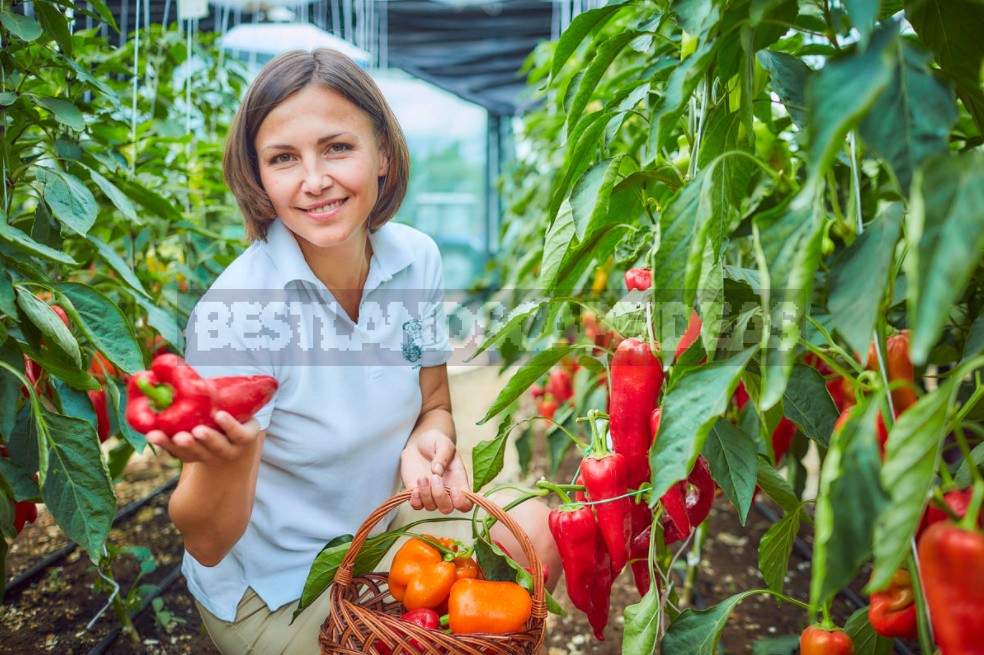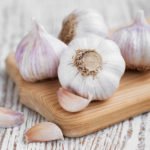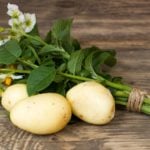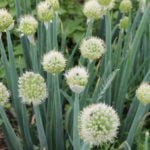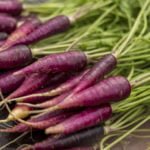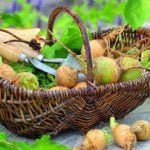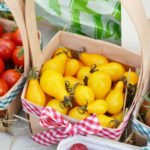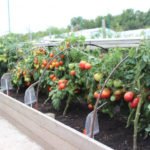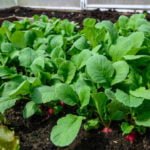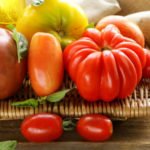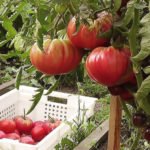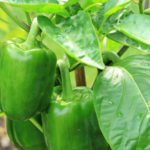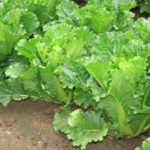Pepper as a vegetable crop is very popular. Its cultivation is popular not only in Asia, but also in most European countries, as well as in South and North America. In addition to being delicious and healthy, this vegetable is a champion in vitamin C and provitamin A content. In this article, you will learn a lot about how to grow it in your garden and what useful features pepper has.
Where did the pepper come from
Pepper is considered one of the most ancient vegetables. It began to be cultivated for several tens of centuries before our era. Pepper is native to South and Central America, and wild species of this plant still grow in its tropical regions.
The first fruits of pepper appeared in Europe in the XV century because of the expedition of Columbus. And as a vegetable crop, it began to grow a few years later.
What is Pepper and what is it Useful for
According to its valuable characteristics, it can be divided into three groups:
- Vegetable pepper (sweet) – popularly often called Bulgarian;
- Capsicum (spicy) – used for grinding (production of paprika);
- Hot pepper – usually small-fruited, with a thin pulp of a sharp taste.
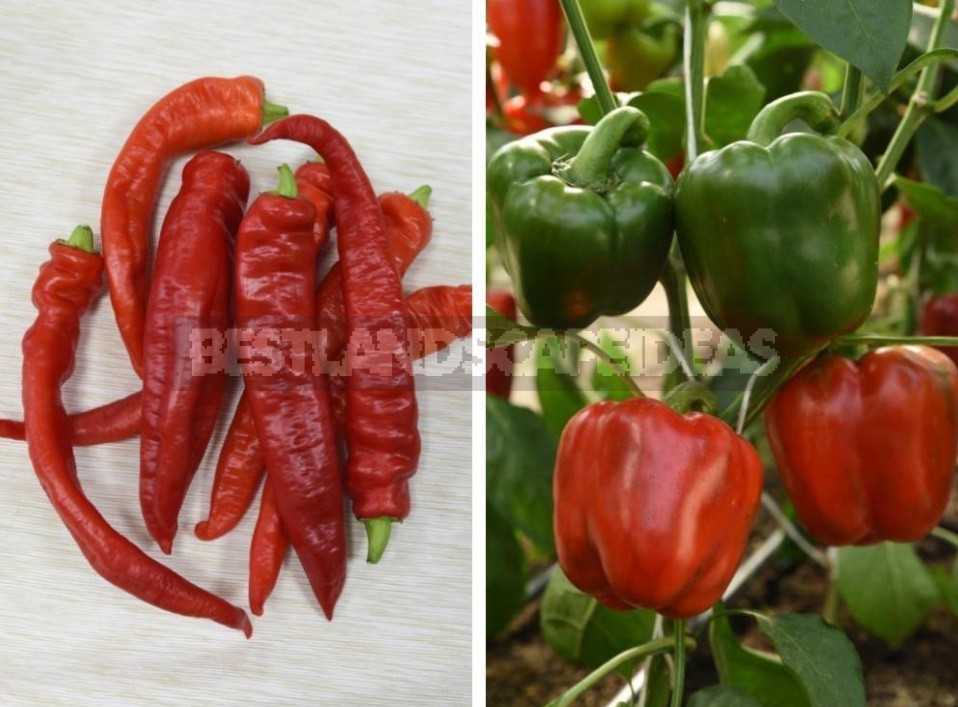
Such extensive use of pepper in cooking and canning is due to its unique chemical composition. The fruits of pepper contain a complex of vitamins and, above all, these are vitamins C, P, A and group of vitamins B and many others, plus aromatic and burning substances, carbohydrates, mineral compounds. The content of biologically active substances is so high that pepper fruits are considered a multivitamin concentrate that can make any dish or canned product biologically complete.
Daily consumption of only a few pepper fruits can meet the daily need for essential vitamins. The high value is preserved not only in fresh fruits, but also in canned ones, and in pepper powder – paprika.

Features of Growing Pepper
Pepper reacts very strongly to the peculiarities of the growing place and the agricultural techniques used. It is better suited for well-lit and ventilated areas with high soil fertility.Organic fertilizers should preferably be applied under the previous crop, and in the fall you can apply humus and well-decomposed compost at the rate of 100-120 kg (220-264 lbs) per 100 sq. m (330 sq. ft). and granular nitrogen-phosphorus-potassium fertilizer at the rate of 5-6 kg (35-44 lbs) per 100 sq. m (330 sq. ft). More expensive brands of fertilizers are better used in top dressing during the growing season.
The precursor is also important for pepper. It is better if it is cabbage or cucumber. If it is difficult to provide this, then you can sow siderates as an intermediate crop: mustard, oats with peas or vetch, rye. This will significantly reduce the risk of plant damage from wilting diseases.
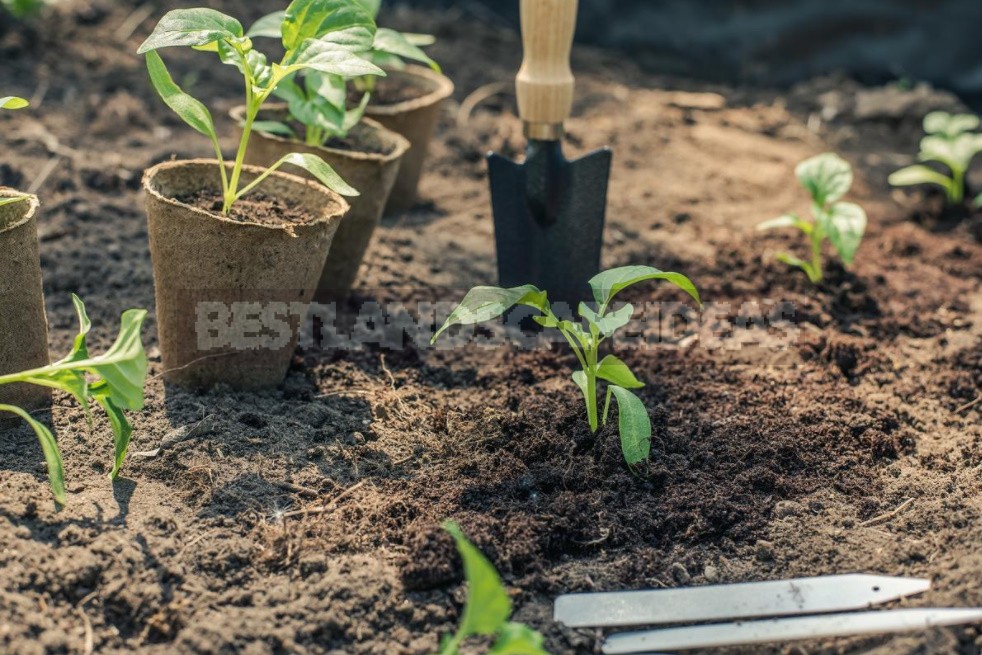
Pepper soils are preferred for a lighter mechanical composition. To improve floating and heavy soils, loose materials are added to them. Straw manure is applied under the culture – the predecessor, straw cutting or husk – directly under the culture of pepper. For the sealing of fertilizers and loosening materials, digging or milling is performed.
Especially carefully prepare the soil in spring greenhouses, where a high agrophone is the key to obtaining high yields of pepper. Greenhouses also need to be decontaminated. For this purpose, the processing of structures is used, sulfur and insecticide checkers and other agrochemicals are used.
Compliance with these simple rules of agricultural technology and the purchase of reliable varieties are the key to a successful pepper harvest in the new season!
